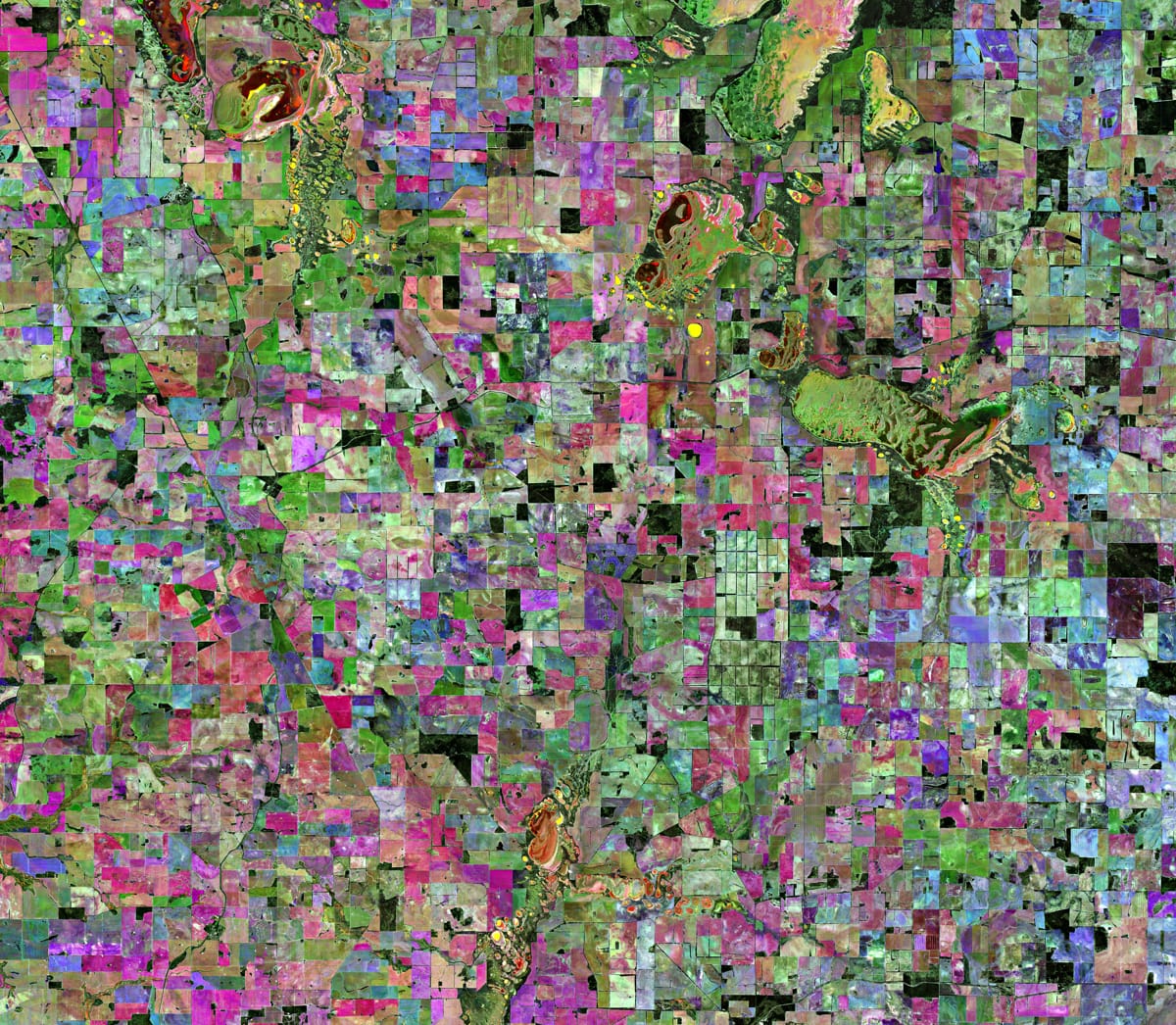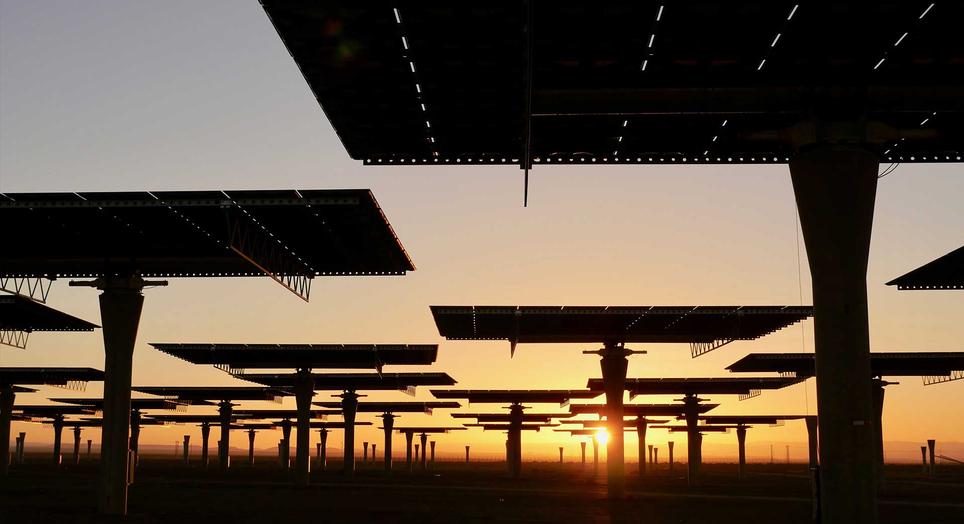ADB: Kumbaya no more
The Asian Development Bank has certainly not chosen a TikTok-grabbing theme for its latest bout of navel gazing by committing to “Solving challenges together, connecting the region, and empowering people for dynamic economies and a healthy planet.”
However, the recently released mid-term review of the ADB’s Strategy 2030 – which was unveiled in rosier global times in 2018 – provides a good summary of how things have changed across all international development agencies after Covid and geopolitical fragmentation.
Six years on, how the world has changed.
As the review notes, back then a “more holistic development vision” captured by the Sustainable Development Goals (SDGs) and the adoption of the Paris Agreement on climate change “reflected growing consensus on priority issues and raised hopes of coordinated and unified action”.
But six years on, how the world has changed. Covid delivered the first Asian economic contraction in six decades; Asia now accounts for more than half the global multi-hazard losses, mostly from climate change; Ukraine-style geopolitical conflict has increased food and energy costs; risks to delivery of public goods have increased; there has been a two-year setback in regional poverty reduction; digital transformation challenges conventional development policy; and a healthy private sector has become more important to delivering development.
The Review argues that three new common themes have emerged among multilateral development banks (MDBs), which the ADB will now have to take up to achieve its Strategy 2030 ambitions: more attention to global public goods; new approaches to address market failures; and fresh financial models to mobilise more lending resources. It says:
“The scale of financing required to address the climate crisis and achieve the SDGs is far above the capacity of MDBs and the public sector … the private sector is vital not only as a source of development financing but also of innovation and problem-solving amid these accelerating challenges.”
Despite the long list of changes and new themes since 2018, the ADB has placed its bets on two by committing to devote 50 per cent of its lending finance to climate change by 2030, up from about a third now, and tripling financing of private sector projects from the US$3.7 billion previously targeted.

Australia has already moved down these paths although not as sharply. What was more interesting for the Albanese government’s much vaunted “whole of government” approach to development policy amid a “whack a mole” approach to fending off
China was the ADB review’s observations about how a lack of strategic prioritisation.
It says that Strategy 2030 lacks a bankwide framework for making decisions about competing priorities and resource allocation, which has resulted in the outsourcing of key tasks to consultants while ADB staff become increasingly generalised. This sounds like the complaints about Australia’s development skills after the erstwhile dedicated aid agency has been absorbed into the whole of government approach.
World Bank: Outranked
It says a lot about the World Bank’s bid to get back into the complex game of judging which countries have the best business regimes that it didn’t seem to get a mention in the Australian media.
That can be explained by the fact Australia didn’t make the cut for the first edition of Business Ready. It makes quite a contrast from the days when politicians of various colours would be quick to cite how Australia performed on the World Bank’s old and discredited “Ease of Doing Business” tables.
The new approach attempts to steer away from overall individual country rankings and winners.
The Ease of Doing Business rankings were abandoned in 2021 after a scandal over whether countries, including China and Saudi Arabia, had been able to influence peddle their ways up the ranks. That was on top of long-standing concerns that some countries spent more time manipulating the specific data used for the rankings rather than actually doing the recommended economic reforms. The components also involved value judgements about what factors were most important to business.
The new approach attempts to steer away from overall individual country rankings and winners by having three separate focuses on regulation, public services, and operational efficiency, followed by ten other business measures and surveys of experts. And it attempts to avoid the gaming of the system by using much richer data sources – about 2000 per economy – that show what is really happening on the ground rather than specific regulatory actions taken by government.
The Bank says obliquely:
“It is designed to expressly discourage a ‘race to the bottom’ or simplistic solutions that were the unintended by-product of the Doing Business, our previous effort to help countries establish the right conditions for private sector development.”
And it says that the new approach has thrown up two key findings. The first isn’t surprising: that governments are better are passing new regulations to improve the business climate than they are at providing the services to achieve progress.
The second is a more nuanced view of the modern world consistent with the rise of the Global South: while rich countries are generally more business ready, some emerging countries have created good business environments. For example, it cites Rwanda for public services and operational efficiency, Colombia for its regulatory framework and public services, and Georgia for its regulatory framework and operational efficiency.
With geopolitical conflict now seen as the biggest threat to trade after the pandemic and supply chain constraints, the outlook contains some interesting insights into both how this is occurring and being offset.
Australia will return to the new measurement system as it is rolled out to 180 countries over the next two years. In the meantime, it should provide a more granular bottom-up measure of the actual business operating environment in a more fragmented world compared with the old system where the Bank set the measuring sticks and central governments manipulated their rules to achieve positive results.
Nevertheless, expect some governments to be quickly back claiming the Bank’s endorsement anyway even though there may be more diverse outcomes. In this first cut Hungary topped the regulatory framework assessment, Estonia was judged to have the best public service delivery, and Singapore had the best operational efficiency.
WTO: Services please
Meanwhile, as the World Trade Organisation marks the 30th anniversary of its founding this year, its latest outlook underlines the powerful but challenged role of trade in reducing global income disparity and provides some insight not how the system is managing US-China tensions.
The correlation between economic growth in low-and-medium income economies and trade participation remains clear across the 30 years, even though the process has been less powerful in the past decade.
The WTO warns of downside risks to world trade in the near future from regional conflicts, monetary policy uncertainty, and fragmentation of supply chains. But it still expects moderate expansion around three per cent in line with global growth after the sharp fluctuations in recent years, which is not a bad result given the risks. And services trade remains the standout stabilising force with steady growth in the high single digits.

With geopolitical conflict now seen as the biggest threat to trade after the pandemic and supply chain constraints, the outlook contains some interesting insights into both how this is occurring and being offset.
It says that there are clear signs of fragmentation along geopolitical lines (crudely labelled west and east) since the Ukraine war with trade growing four per cent more slowly between these blocs than within them since the war. On the other hand, despite much talk about regionalisation of trade and near-shoring, there is little sign of this happening.
There is a decoupling of trade between the United States and China across a full spectrum of goods with an acceleration of this process in the most complex goods. This is different to the broader east/west fragmentation that mostly only applies to the least complex product supply chains where alternative suppliers are easier to find.
Referring to the more severe US/China decoupling, the Outlook report observes:
“Since the trade policy driving decoupling has been underway for more than five years, it is plausible that this has provided the necessary adjustment period for the two countries to find or develop new production capacities and to diversify sources of supply, even for the most complex products.”
But the across-the-board US/China decoupling is being offset by the emergence of Mexico and Vietnam as “connecting” economies taking quite striking growth in exports from China which then turn into exports to the United States.

